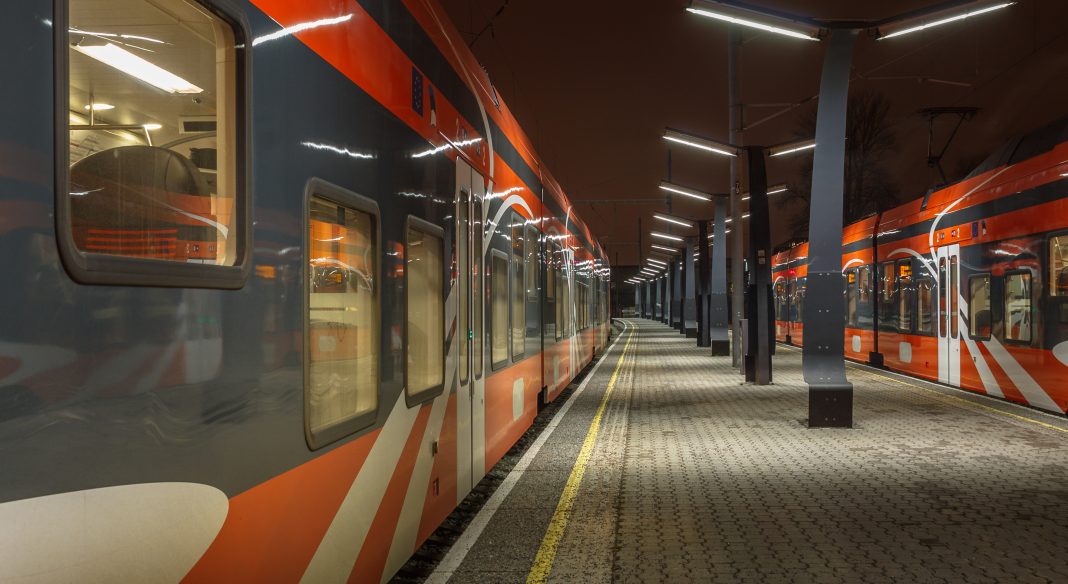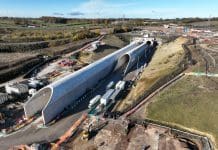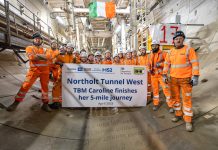The National Audit Office (NAO) has released its findings on the High Speed Two – the budget is over, costs are uncertain, and the schedule is between three and seven years later than originally planned
The NAO has found that the High Speed Two railway is over budget and behind schedule because the Department for Transport (DfT), HS2 Ltd and wider government have underestimated its complexity and risk.
HS2 is 17-58% over budget
High Speed Two is between £65bn and £88bn (2015 prices), between 17% and 58% over available funding, according to the Watchdog. The programme is still at an early stage, and costs are uncertain and could change. Full services on the entire network are now forecast to start between 2036 and 2040.
Overly ambitious targets for Phase One
Phase One (London to West Midlands) was ambitious and set by comparison with other infrastructure programmes. DfT did not sufficiently consider that High Speed Two is a much larger and more challenging programme to deliver, says NAO.
In 2013, the NAO reported that it would be difficult for HS2 Ltd to complete all work in the time available and in 2016 warned that the 2026 opening date was at risk. Although it was clear from 2016 that the 2026 opening date was in doubt, DfT did not reset it. Since April 2019, HS2 Ltd has been planning on the basis of a more realistic schedule for the programme.
DfT, which is responsible for funding and overseeing delivery of the railway, set the available funding for Phase One in 2015, based on a basic design produced in 2013. Since then, forecast costs have increased in all parts of Phase One except the purchase of new trains.
DfT and HS2 Ltd now estimate Phase One to cost between £31bn and £40bn, £3.9bn to £12.9bn more than its available funding.
HS2 Ltd did not account for the level of uncertainty and risk in the programme when estimating the costs of Phase One in April 2017. It used a method for calculating contingency that was not appropriate for a programme at such an early stage of development. The £7bn of contingency was not enough to address the significant cost increases that emerged.
DfT and HS2 Ltd committed to Parliament to meet certain requirements, such as increasing the length of tunnelling and erecting noise barriers. Some of these requirements have contributed to the increased cost of Phase One. Some may also restrict contractors’ ability to avoid costs in construction and increase the challenge of delivering the railway.
Mismanaged HS2 risks
According to NAO, by not fully and openly recognising the programme’s risks from the outset, DfT and HS2 Ltd have not adequately managed risks to taxpayer money. They have tried to understand and contain costs but have been unable to bring them within the available funding or enable passenger services to start by the planned opening date.
HS2 Ltd now has greater confidence in its cost estimate for Phase One but it will need to manage risks that could cause costs to further increase. Main construction has not yet begun and approximately 50% of the costs in its estimate are less certain because they are not yet based on contracts agreed with industry.
HS2 Ltd’s revised terms for civil construction contracts are sensible but will require strong management.
Phase Two forecasted to cost more and take longer
Phase Two of the programme is at a much earlier stage than Phase One but is already forecast to cost more than its available funding and take longer than expected.
HS2 Ltd’s current forecast for when passenger services would run on Phase 2a (West Midlands to Crewe) is between 2030 and 2031, and for Phase 2b (Crewe to Manchester and West Midlands to Leeds) is between 2036 and 2040, three to seven years later than planned.
DfT estimates that costs for Phase 2a could be £6.5bn (87% higher than the available funding) and Phase 2b £41bn (63% higher than the available funding).
NAO recommendations
The NAO makes a series of recommendations to government, DfT and HS2 Ltd covering the robustness of cost and schedule estimates, the capabilities needed to manage a programme of this scale and the oversight arrangements required for the remaining phases.
Significant challenges in completing the programme and delivering value for taxpayers and passengers remain.














